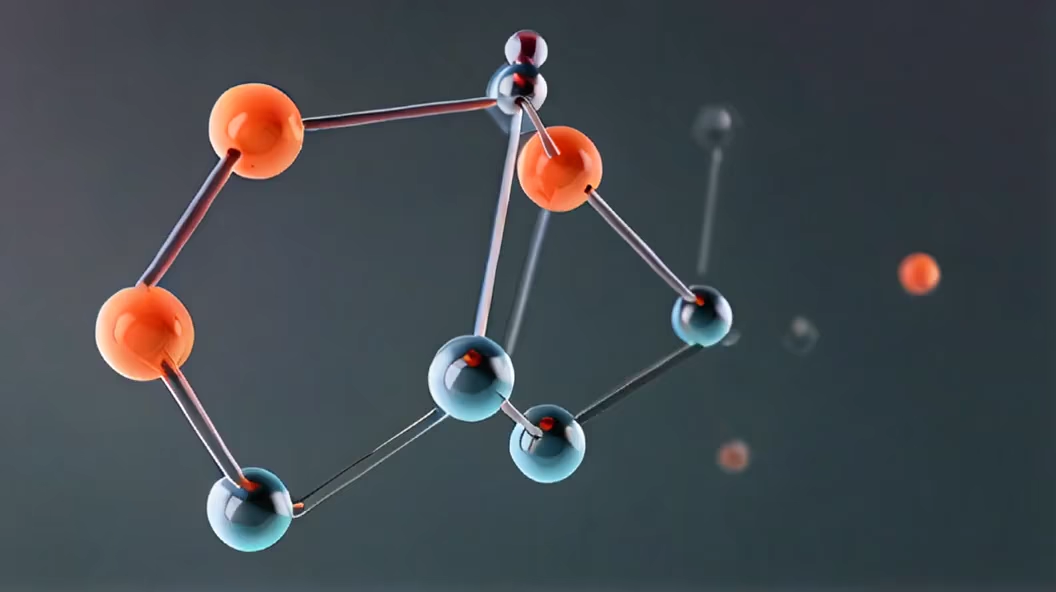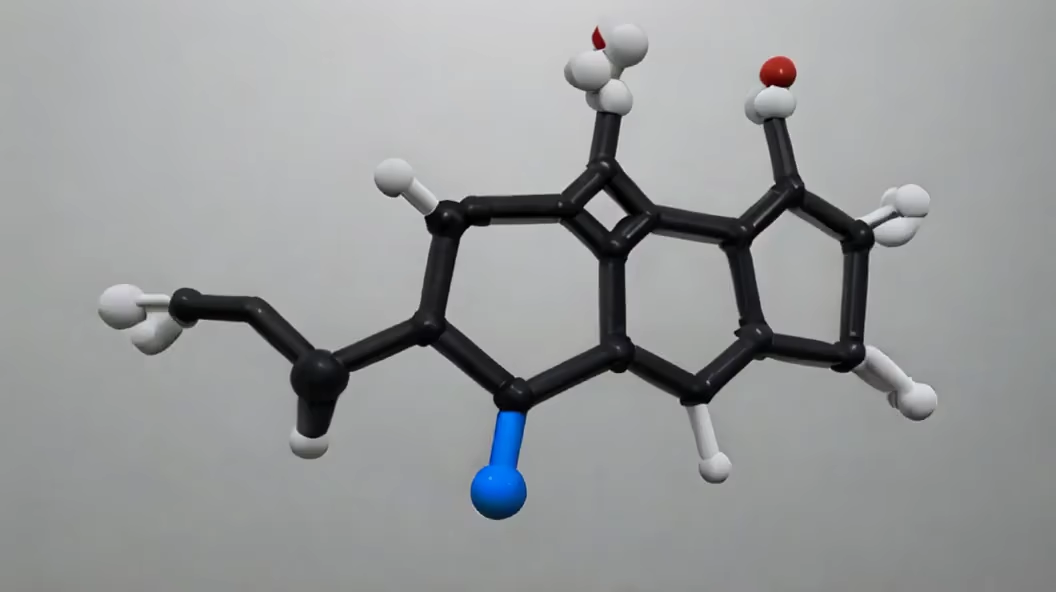Prompt: The beaker contains a unique solution, showcasing a fascinating interplay of substances. At the top of the beaker, a layer of oil floats, and within this oil, elemental benzene molecules are suspended. Simultaneously, at the bottom of the beaker, water resides, hosting another elemental benzene along with a floating polymer.




Prompt: The beaker contains a unique solution, showcasing a fascinating interplay of substances. At the top of the beaker, a layer of oil floats, and within this oil, elemental benzene molecules are suspended. Simultaneously, at the bottom of the beaker, water resides, hosting another elemental benzene along with a floating polymer. The intriguing aspect arises from the interaction between the benzene molecules in the oil and water phases. An extraordinary event unfolds as a membrane forms at the interface between the oil and water layers. This membrane is a result of the benzene molecules' self-organization, creating a barrier that separates the two liquid phases. Due to the formation of this benzene-derived membrane, a distinct boundary is established, preventing the polymer from crossing between the oil and water layers. The polymer, unable to traverse this membrane, remains confined to the water phase. This phenomenon highlights the unique properties and interactions of benzene molecules in this particular solution, demonstrating their ability to create a selective barrier that influences the movement of other substances within the beaker.

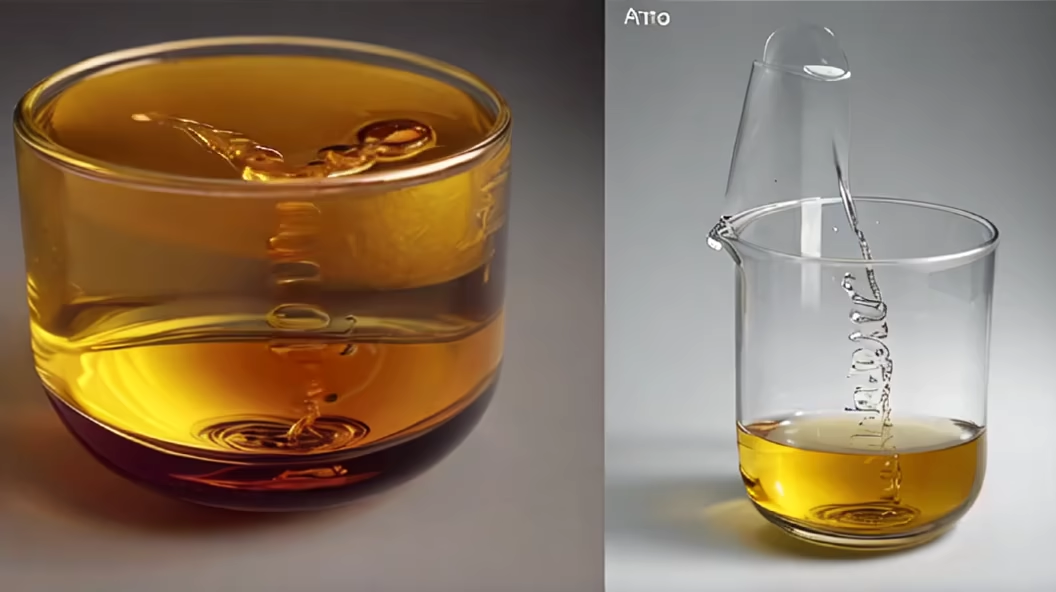
Prompt: The beaker contains a unique solution, showcasing a fascinating interplay of substances. At the top of the beaker, a layer of oil floats, and within this oil, elemental benzene molecules are suspended. Simultaneously, at the bottom of the beaker, water resides, hosting another elemental benzene along with a floating polymer. The intriguing aspect arises from the interaction between the benzene molecules in the oil and water phases. An extraordinary event unfolds as a membrane forms at the interface between the oil and water layers. This membrane is a result of the benzene molecules' self-organization, creating a barrier that separates the two liquid phases.


Prompt: In a beaker, there's a solution with oil forming a layer on top and water beneath. Suspended in the oil are elemental benzene molecules, while the water holds another elemental benzene and a floating polymer.


Prompt: Simple science, technology, chemistry, A beaker is filled with a solution with oil on top and water on the bottom. Inside the oil there is elemental benzene floating, and inside the water there is another elemental benzene and a polymer floating. The benzene inside the oil and the water formed a membrane between the oil and the water, causing the polymer to be unable to pass through that membrane.
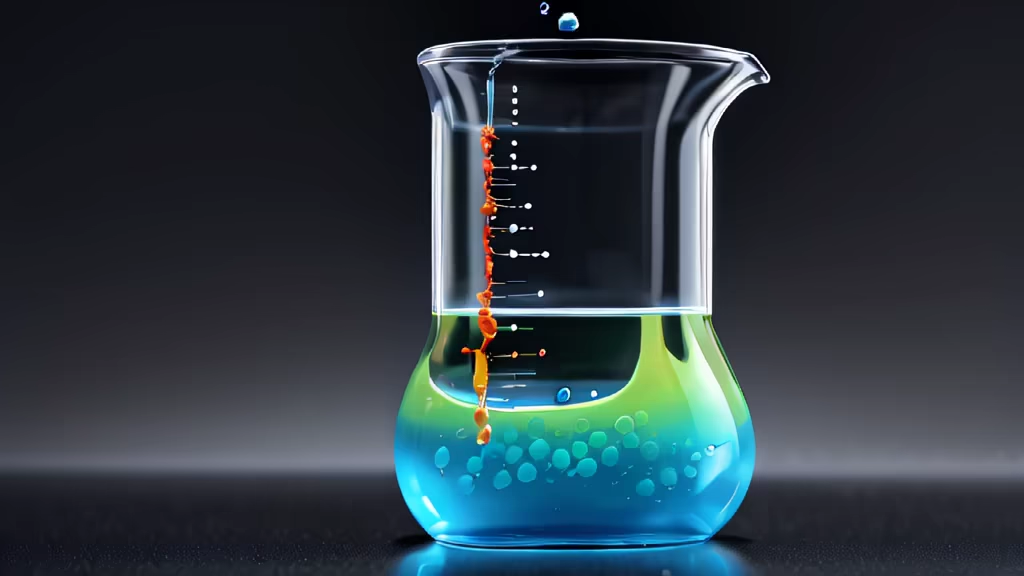

Prompt: A beaker is filled with a solution with oil on top and water on the bottom. Inside the oil there is elemental benzene floating, and inside the water there is another elemental benzene and a polymer floating. The benzene inside the oil and the water formed a membrane between the oil and the water, causing the polymer to be unable to pass through that membrane.
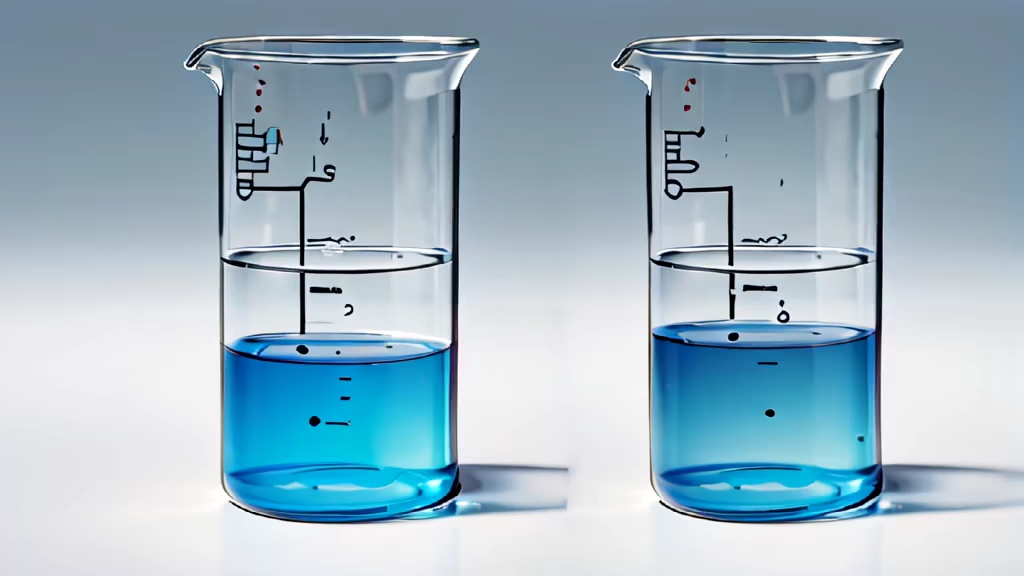

Prompt: In a glass beaker, a visually intriguing composition comes to life as it holds a solution divided into distinct layers. At the uppermost part, a translucent layer of oil gracefully floats, forming a distinctive interface with the layer beneath. The lower portion of the beaker is occupied by clear water, creating a juxtaposition of two immiscible liquids. This stratified arrangement of oil atop water sets the stage for an exploration of the unique interactions within the solution. The oil layer, characterized by its buoyancy, creates a dynamic boundary with the aqueous layer beneath, presenting an opportunity for fascinating phenomena to unfold in this microcosm of molecular activity.


Prompt: science and technology, chemotherapy, A beaker is filled with a solution with oil on top and water on the bottom. Inside the oil there is elemental benzene floating, and inside the water there is another elemental benzene and a polymer floating. The benzene inside the oil and the water formed a membrane between the oil and the water, causing the polymer to be unable to pass through that membrane.
Style: Digital Art


Prompt: science and technology, chemotherapy, A beaker is filled with a solution with oil on top and water on the bottom. Inside the oil there is elemental benzene floating, and inside the water there is another elemental benzene and a polymer floating. The benzene inside the oil and the water formed a membrane between the oil and the water, causing the polymer to be unable to pass through that membrane.
Style: Analog Film


Prompt: science and technology, chemotherapy, A beaker is filled with a solution with oil on top and water on the bottom. Inside the oil there is elemental benzene floating, and inside the water there is another elemental benzene and a polymer floating. The benzene inside the oil and the water formed a membrane between the oil and the water, causing the polymer to be unable to pass through that membrane.
Style: Comic Book


Prompt: A beaker holds a solution of benzol, a compound of particular interest in the realm of chemistry. Its molecular structure, composed of six carbon atoms arranged in a hexagonal ring with alternating single and double bonds, gives benzol unique properties. The solution showcases benzol in its liquid state, with distinct characteristics like a clear and colorless appearance, symbolizing its purity. Surrounding the beaker, the lab environment comes alive, with scientific instruments and glassware hinting at the ongoing experiments. The prompt captures the essence of benzol, inviting exploration into its chemical properties, applications, and the intricate world of aromatic hydrocarbons.


Prompt: science and technology, chemotherapy, A beaker is filled with a solution with oil on top and water on the bottom. Inside the oil there is elemental benzene floating, and inside the water there is another elemental benzene and a polymer floating. The benzene inside the oil and the water formed a membrane between the oil and the water, causing the polymer to be unable to pass through that membrane.
Style: 3D Model


Prompt: Above an oil bath, a liquid being stirred is undergoing a reaction in a three-neck flask, one of whose necks is connected to a separatory funnel and a condenser.

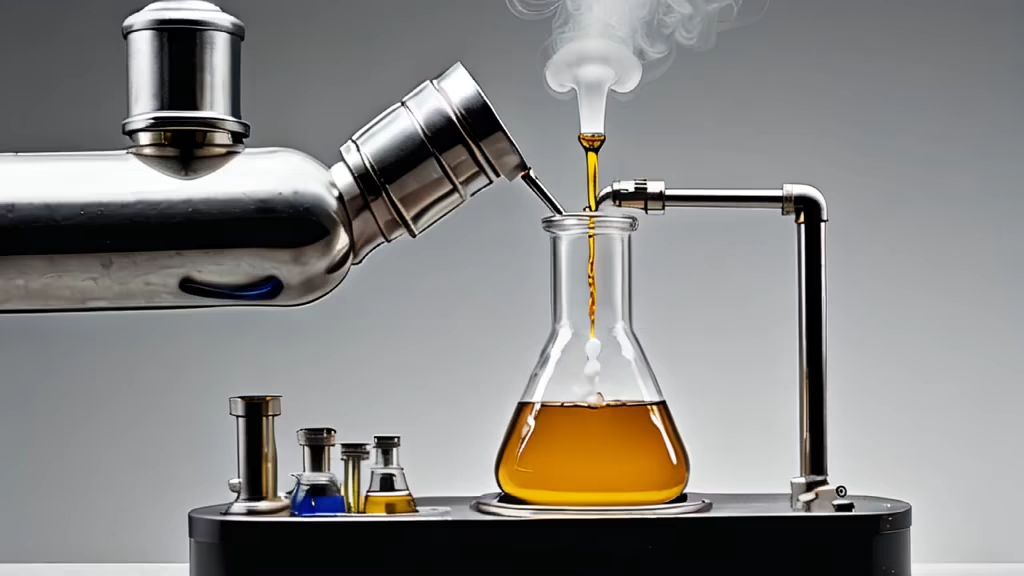
Prompt: In the laboratory, an oil bath is used. An oil bath is a container filled with heating oil, which is used to heat liquids or solid samples in the container by controlling the temperature of the oil. It is commonly used in organic synthesis reactions to provide uniform heating and stable reaction temperatures.
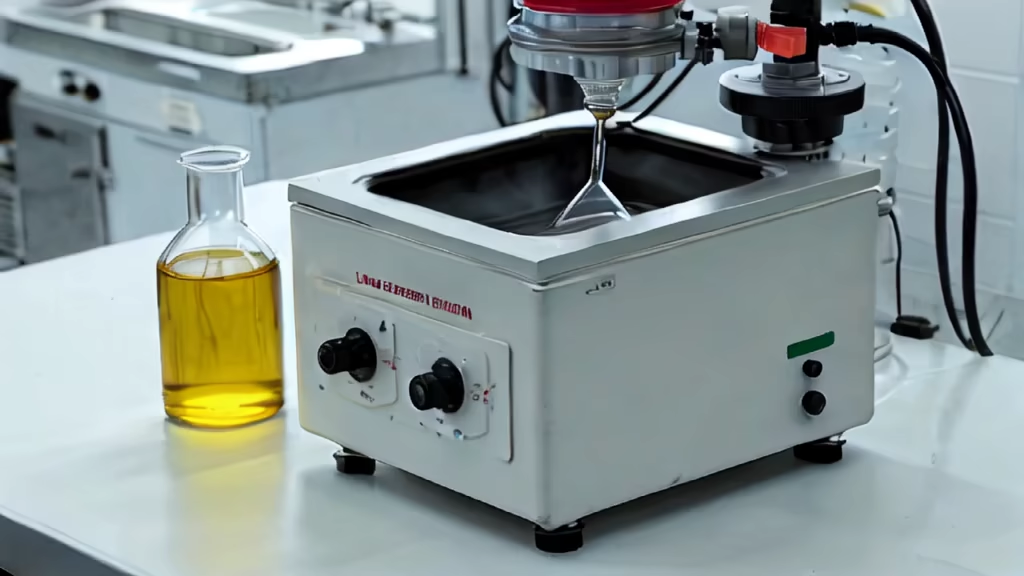

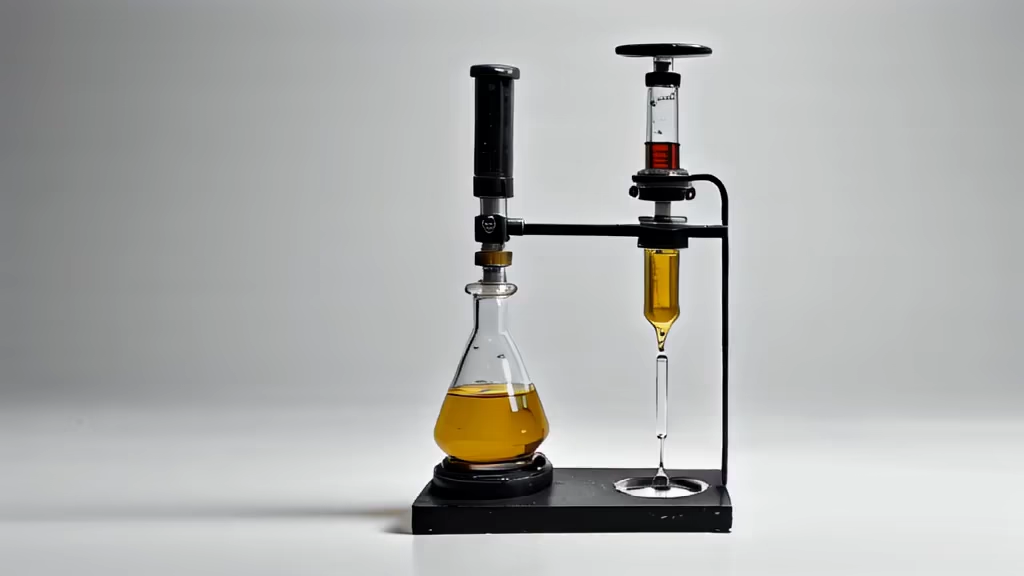
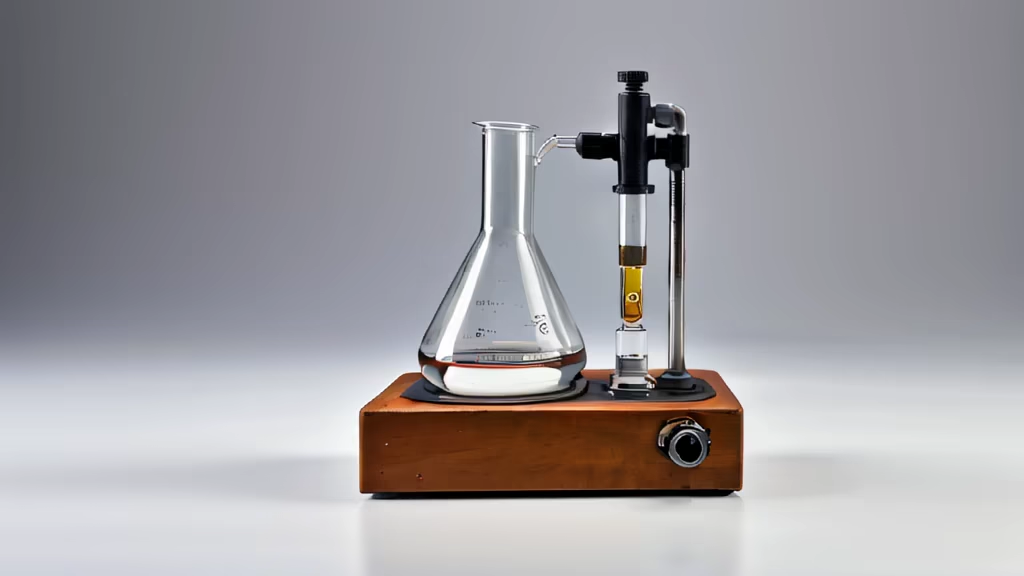
Prompt: a chemic Breaker with water on top and oil on bottom, some benzen inside, chemical illustrations
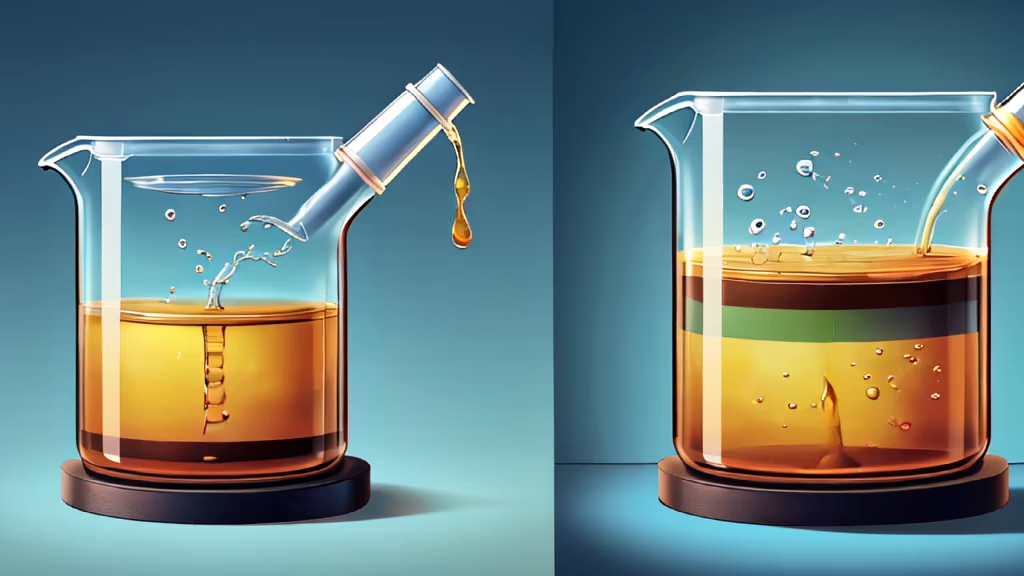

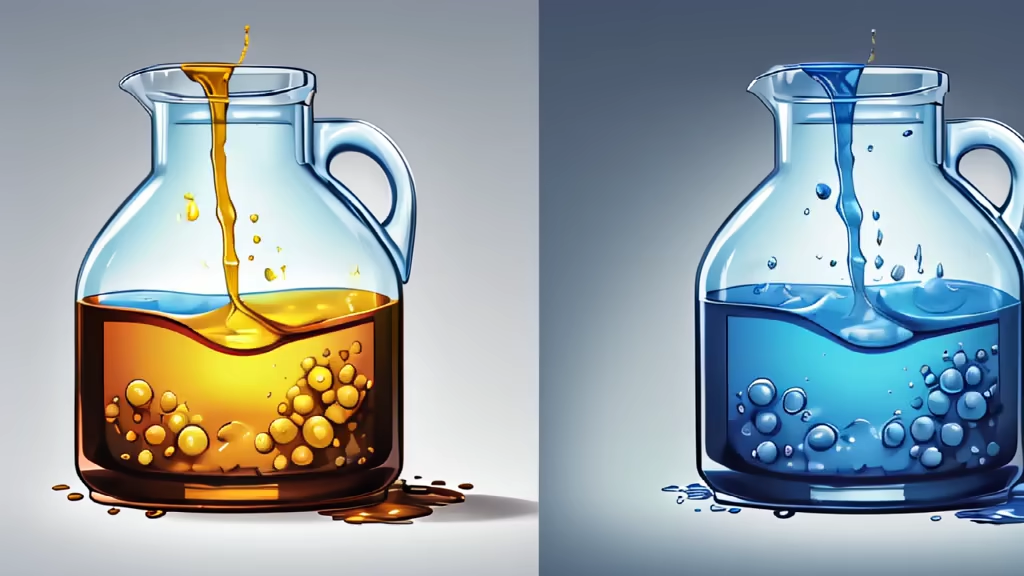
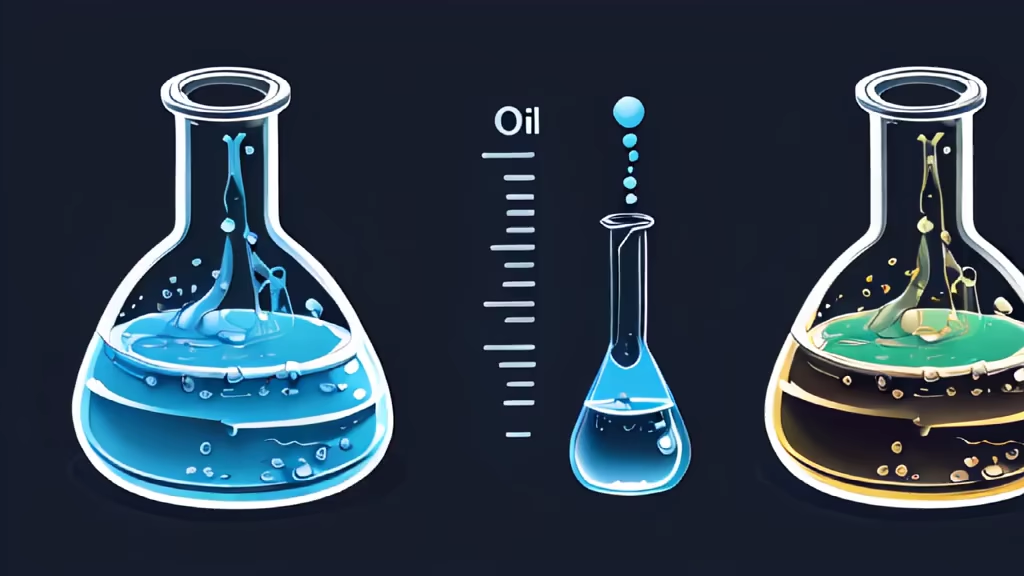


Prompt: In a laboratory setting, a container holds a solution of Sanya Methyl Carbonate, a compound of interest in the field of chemistry. The molecular structure of Sanya Methyl Carbonate, with its carbon and oxygen composition, underscores its significance in various chemical processes. The solution visually manifests the compound, showcasing its characteristic properties, such as transparency and a distinct odor. The laboratory scene is rich with scientific equipment and glassware, providing a backdrop that hints at the ongoing experiments and applications involving Sanya Methyl Carbonate. The prompt opens the door to exploration, encouraging a deeper dive into the chemical intricacies, uses, and potential contributions of this compound within the realm of organic chemistry.


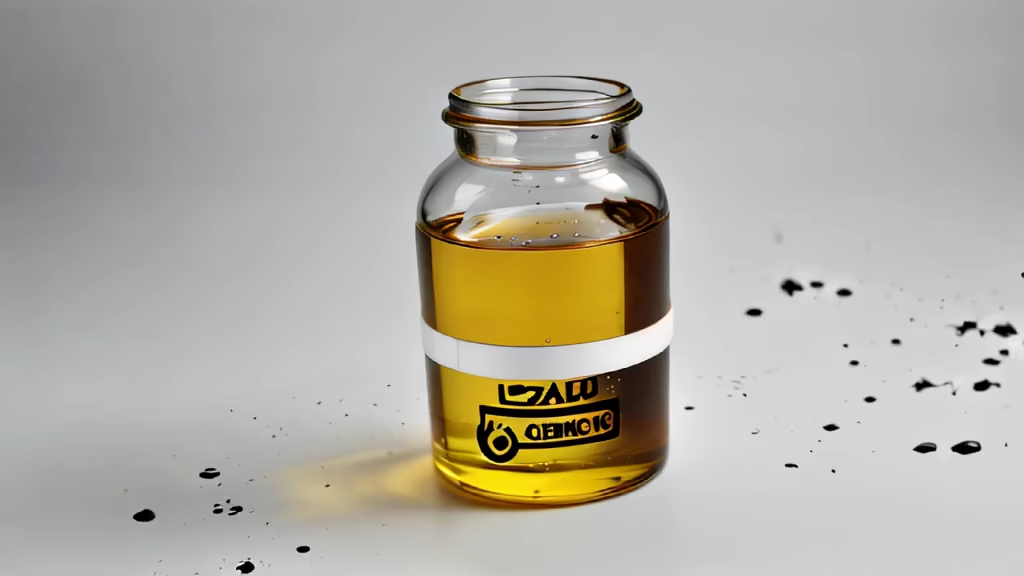
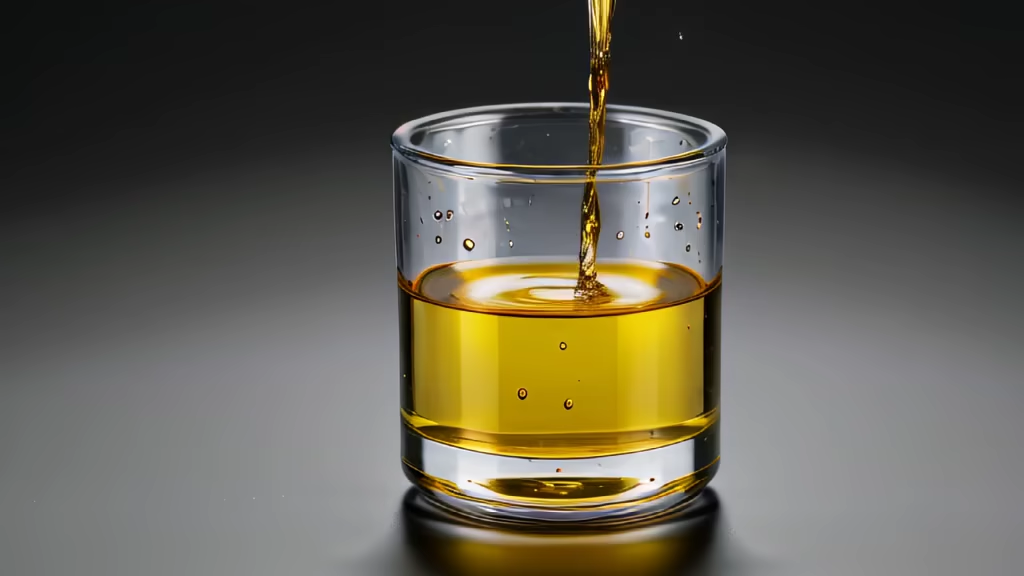


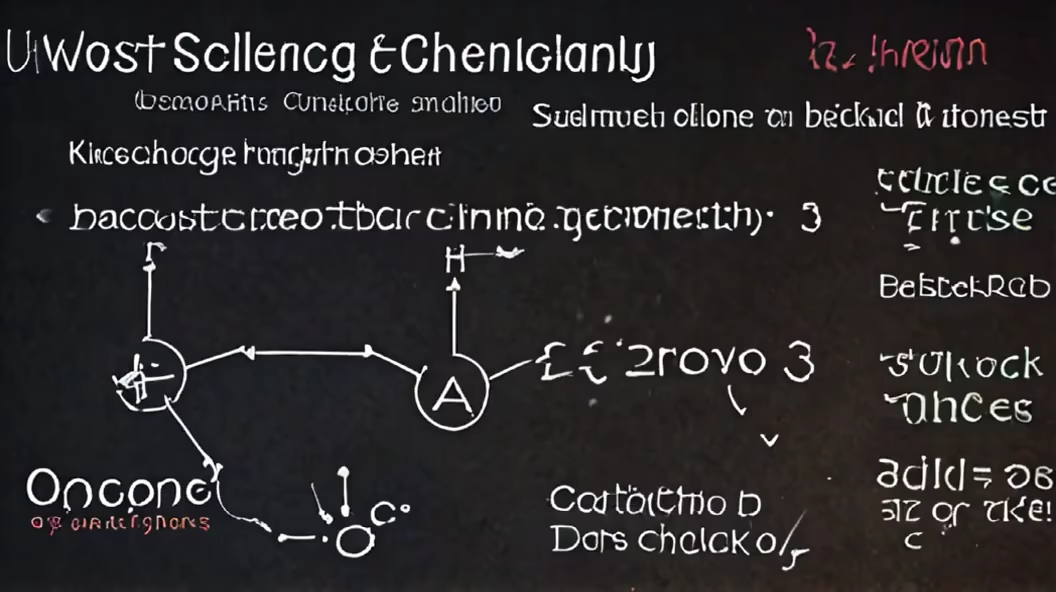









Prompt: In a laboratory setting, a container holds a solution of Sanya Methyl Carbonate, a compound of interest in the field of chemistry. The molecular structure of Sanya Methyl Carbonate, with its carbon and oxygen composition, underscores its significance in various chemical processes. The solution visually manifests the compound, showcasing its characteristic properties, such as transparency and a distinct odor. The laboratory scene is rich with scientific equipment and glassware, providing a backdrop that hints at the ongoing experiments and applications involving Sanya Methyl Carbonate. The prompt opens the door to exploration, encouraging a deeper dive into the chemical intricacies, uses, and potential contributions of this compound within the realm of organic chemistry.
Style: Craft Clay


Prompt: That's correct! An oil bath is indeed a commonly used tool in laboratories, especially in organic synthesis reactions. It helps provide uniform heating and stable reaction temperatures by controlling the temperature of the oil. This is important for maintaining the desired reaction conditions and ensuring reliable results. If you have any specific questions about oil baths or their usage, feel free to ask!
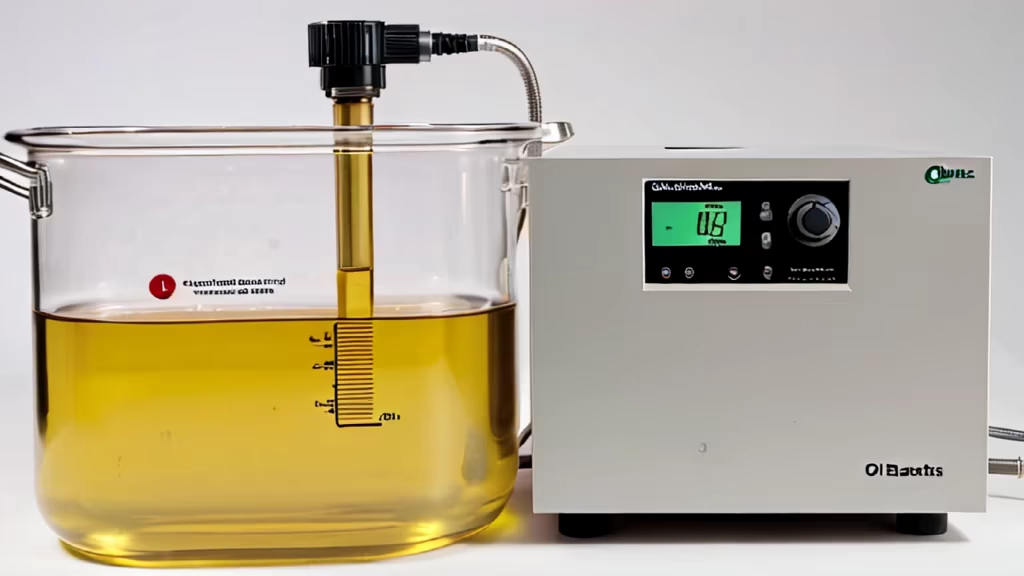

Prompt: science an technology, chemistry, Design a visually compelling image that simulates a cross-section of polyisoprene resembling a small section of pipe. The focus should be on providing a detailed view of polyisoprene's molecular structure. Visualize the repeating isoprene monomer units arranged in a chain, highlighting the polymer's characteristic structure. Consider incorporating a color scheme that distinguishes individual monomer units and emphasizes the connectivity between them. Use shading and lighting effects to add depth, making the molecular structure appear three-dimensional within the pipe section. Additionally, you may want to include labels or annotations to educate viewers about the composition of polyisoprene and its significance in various applications. This prompt encourages a creative exploration of the molecular intricacies of polyisoprene within a visually appealing representation of a small pipe section, blending both scientific accuracy and aesthetic appeal.




Prompt: science an technology, chemistry, Design a visually compelling image that simulates a cross-section of polyisoprene resembling a small section of pipe. The focus should be on providing a detailed view of polyisoprene's molecular structure. Visualize the repeating isoprene monomer units arranged in a chain, highlighting the polymer's characteristic structure. Consider incorporating a color scheme that distinguishes individual monomer units and emphasizes the connectivity between them. Use shading and lighting effects to add depth, making the molecular structure appear three-dimensional within the pipe section. Additionally, you may want to include labels or annotations to educate viewers about the composition of polyisoprene and its significance in various applications. This prompt encourages a creative exploration of the molecular intricacies of polyisoprene within a visually appealing representation of a small pipe section, blending both scientific accuracy and aesthetic appeal, complete, a single strand of polyisopreneon a white background, a digital rendering by Pamela Drew, reddit, generative art, polyisoprene helix,polyisoprene strands.
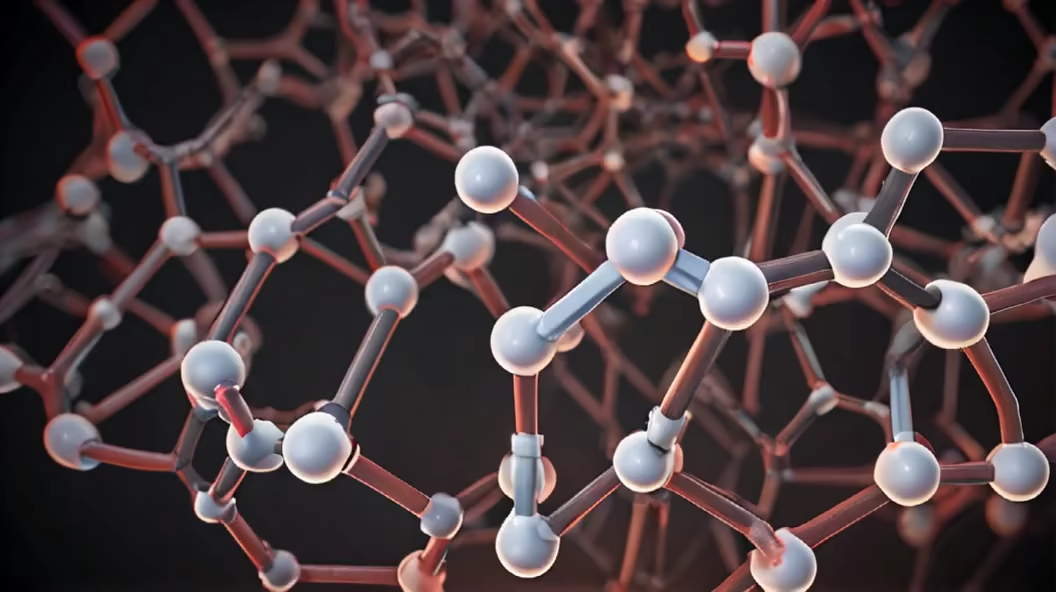
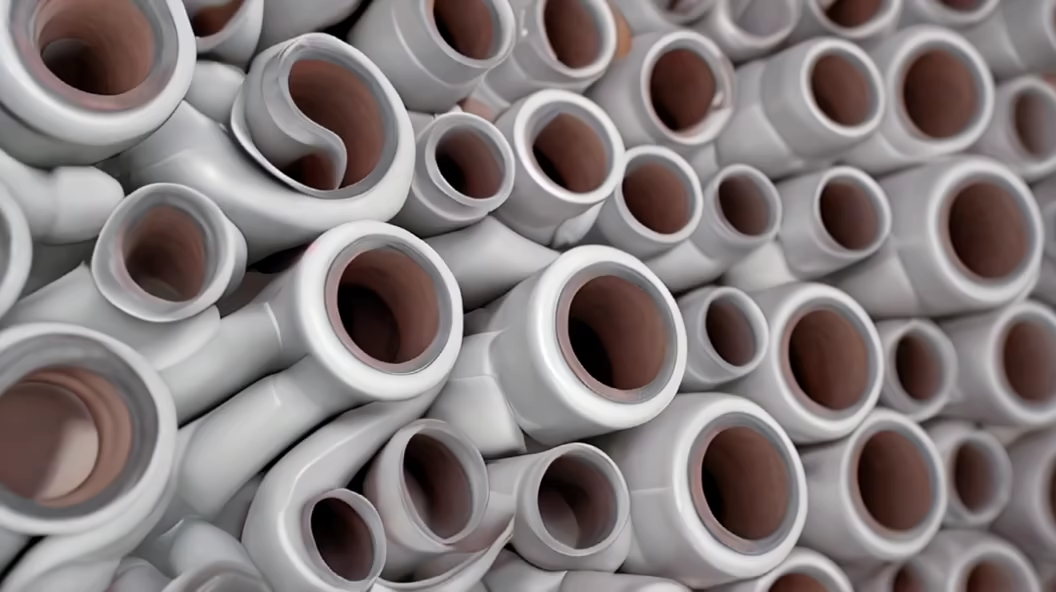
Prompt: Design a visually compelling image that simulates a cross-section of polyisoprene resembling a small section of pipe. The focus should be on providing a detailed view of polyisoprene's molecular structure. Visualize the repeating isoprene monomer units arranged in a chain, highlighting the polymer's characteristic structure. Consider incorporating a color scheme that distinguishes individual monomer units and emphasizes the connectivity between them. Use shading and lighting effects to add depth, making the molecular structure appear three-dimensional within the pipe section. Additionally, you may want to include labels or annotations to educate viewers about the composition of polyisoprene and its significance in various applications. This prompt encourages a creative exploration of the molecular intricacies of polyisoprene within a visually appealing representation of a small pipe section, blending both scientific accuracy and aesthetic appeal.














Prompt: show the detailed molecular structure of Methyl Tricarbonate, a fascinating compound within the realm of chemistry. Visualize an illustrative representation of the molecular formula, revealing the specific arrangement of atoms and bonds in this organic compound. The depiction should highlight the unique characteristics of Methyl Tricarbonate, emphasizing its carbon, hydrogen, and oxygen composition.


Prompt: show the detailed molecular structure of Methyl Tricarbonate, a fascinating compound within the realm of chemistry. Visualize an illustrative representation of the molecular formula, revealing the specific arrangement of atoms and bonds in this organic compound. The depiction should highlight the unique characteristics of Methyl Tricarbonate, emphasizing its carbon, hydrogen, and oxygen composition.
Negative: ugly






Prompt: show the detailed molecular structure of Methyl Tricarbonate, a fascinating compound within the realm of chemistry. Visualize an illustrative representation of the molecular formula, revealing the specific arrangement of atoms and bonds in this organic compound. The depiction should highlight the unique characteristics of Methyl Tricarbonate, emphasizing its carbon, hydrogen, and oxygen composition.
Style: Digital Art


Prompt: Compose an intricate visual representation of a small section of polyisoprene resembling a cutaway view of a pipe. Immerse viewers in the molecular world of polyisoprene by highlighting the detailed structure of its repeating isoprene monomer units. Consider the following details for an engaging and educational depiction: 1. **Colorful Molecular Structure:** - Use a vibrant and distinct color palette to differentiate isoprene monomer units. - Employ shading and gradients to create a visually appealing and realistic representation of the molecular chains. 2. **Three-Dimensional Perspective:** - Apply lighting effects and shadows to give the molecular structure a three-dimensional depth, making it visually striking. - Consider incorporating a subtle texture to convey the material's molecular intricacies. 3. **Pipe Section Context:** - Surround the molecular structure with a transparent section of pipe, adding a contextual element to the visualization. - Emphasize the cylindrical shape of the pipe, enhancing the realism of the overall image. 4. **Educational Labels:** - Include informative labels or annotations that describe key features of polyisoprene's molecular structure. - Provide concise explanations to help viewers understand the significance of isoprene monomer arrangement. 5. **Macro Perspective:** - Zoom in closely to showcase the details of the molecular structure, allowing viewers to appreciate the complexity of polyisoprene at a microscopic level. By integrating these details, the prompt aims to inspire a visually captivating representation of polyisoprene, inviting viewers to explore the material's molecular composition within the context of a small section of pipe. This approach not only adds aesthetic appeal but also serves as an educational tool, offering insights into the fascinating world of polymer chemistry.


